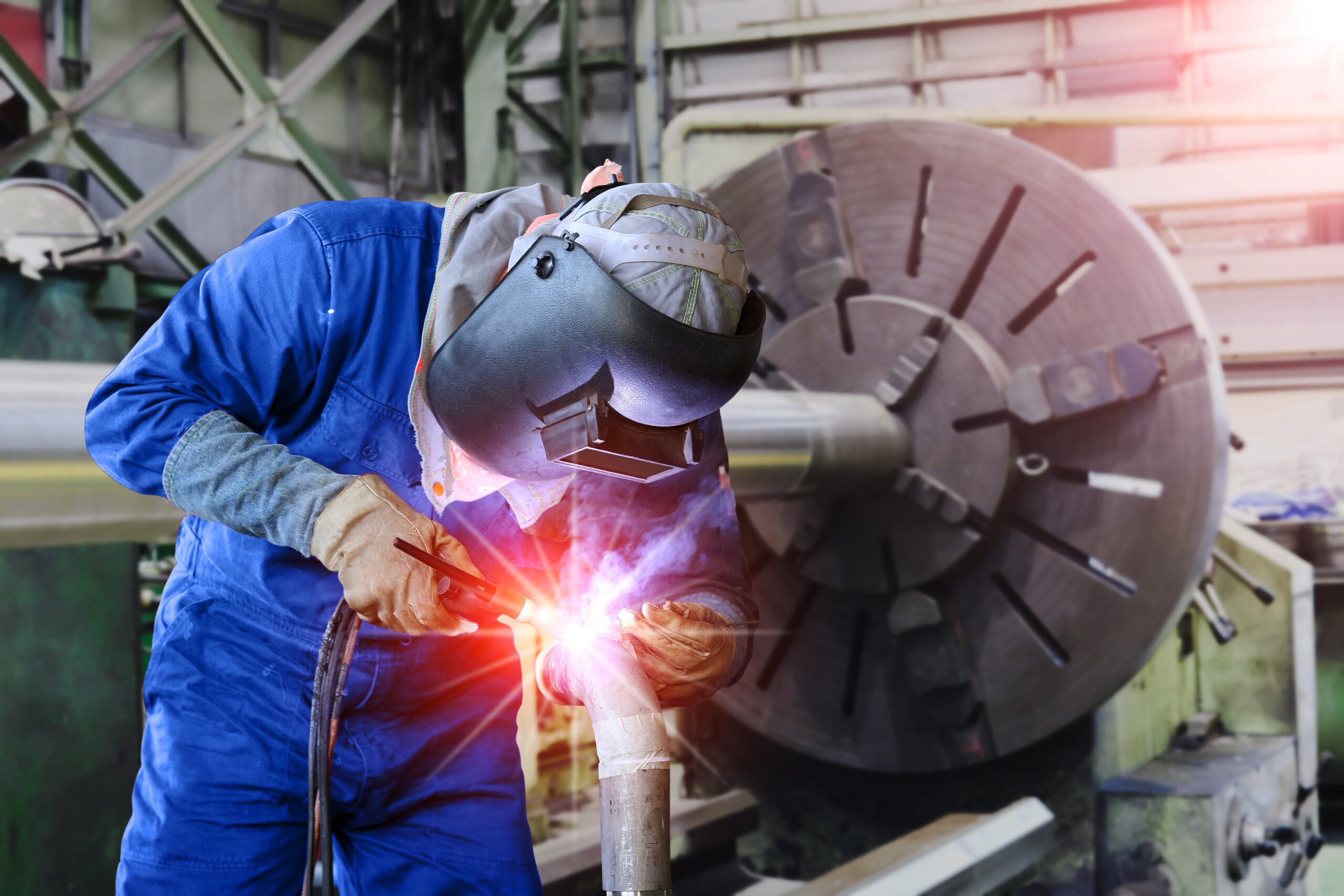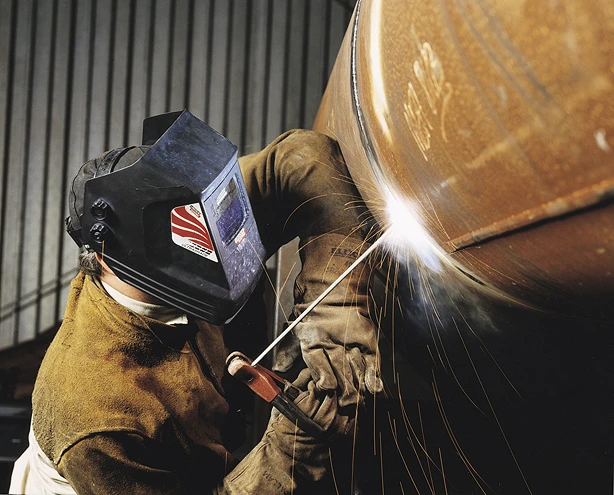The Ultimate Overview to Welding WPS Procedures: An Extensive Introduction for Welders
In the detailed globe of welding, Welding Treatment Specs (WPS) serve as the backbone of guaranteeing quality, consistency, and safety in welding operations (welding WPS). As we dig right into the numerous parts of a WPS and discover the intricacies of certification and accreditation, we will uncover the vital role these procedures play in the realm of welding.
Importance of WPS Procedures
Understanding the value of Welding Treatment Specs (WPS) procedures is essential for guaranteeing the quality and integrity of bonded frameworks. WPS procedures work as a roadmap for welders, outlining the needed actions, specifications, and materials required to achieve an audio weld. By adhering to WPS guidelines, welders can make certain uniformity in their work, leading to structurally audio and dependable welds.
One of the primary factors why WPS procedures are essential is their duty in preserving weld quality and honesty. Complying with the defined welding parameters and strategies laid out in the WPS assists prevent flaws such as porosity, breaking, or insufficient blend, which can jeopardize the toughness and toughness of the weld. Furthermore, WPS treatments are important for ensuring conformity with industry criteria and codes. By following well established WPS standards, welders can demonstrate that their work meets the essential requirements for security and high quality, supplying guarantee to clients, assessors, and regulatory bodies. Fundamentally, the relevance of WPS treatments can not be overemphasized, as they are fundamental to attaining consistent, top notch welds that meet market requirements and specifications.

Components of a WPS
A Welding Procedure Requirements (WPS) generally comprises necessary components that information the specific requirements for executing a weld, making certain uniformity and top quality in the welding process. The key elements of a WPS include necessary variables such as base metals, filler steels, preheat and interpass temperature levels, welding processes, securing gases, welding positions, and post-weld warm therapy demands.
Base steels refer to the materials being signed up with, while filler steels are utilized to load the gap between the base steels throughout welding. Preheat and interpass temperature levels are important for controlling the warm input and stopping issues like cracking or distortion. The welding process lays out the specific technique to be utilized, whether it's gas steel arc welding (GMAW), shielded metal arc welding (SMAW), or an additional approach. Shielding gases protect the weld pool from climatic contamination. Welding positions specify the orientations in which welding can be done. Post-weld warmth treatment may be needed to eliminate tensions and boost the weld's homes. A detailed understanding of these components is important for developing a effective and comprehensive WPS.

Certification and Accreditation
Having developed the necessary components of a Welding Procedure Requirements (WPS), the focus currently moves towards the essential elements of credentials and accreditation in welding techniques.

Certification, on the other hand, is the formal recognition of a welder's qualifications by a relevant certification body or company. Welding certifications are typically based upon the details welding procedures, materials, and settings a welder is qualified to collaborate with. More about the author Holding a valid welding accreditation shows that a welder fulfills sector requirements and is competent to do welding tasks to the required specs.
Producing a WPS
To develop a Welding Procedure Requirements (WPS) that fulfills market requirements, mindful factor to consider of welding processes, materials, and functional criteria is important (welding WPS). The very first step in creating a WPS is to determine the welding procedure to be used, such as gas metal arc welding (GMAW) or protected steel arc welding (SMAW) When the welding process is established, the next crucial element is choosing the proper materials, thinking about variables like base steel kind, thickness, and joint style. Operational specifications such as welding current, voltage, travel rate, and shielding gas composition must also be thoroughly defined in the WPS.

Carrying Out and Monitoring WPS
Upon completing the detailed Welding Procedure Requirements (WPS) that diligently information welding procedures, products, operational criteria, and high quality assurance actions, the emphasis shifts to properly applying and checking the recognized procedures. Execution includes ensuring that all welders entailed in the task are acquainted with the WPS and follow it carefully during the welding procedure. Efficient application and monitoring of the WPS are crucial for guaranteeing the honesty, strength, and security of the welded joints, ultimately contributing to the general success of the welding job.
Verdict
To conclude, understanding and adhering to Welding Treatment Specifications (WPS) is vital for welders to make certain high quality, consistency, and safety and security in their work. By knowing the elements of a WPS, obtaining appropriate qualifications and qualifications, developing comprehensive treatments, and executing and checking them efficiently, welders can boost their skills and effectiveness in welding techniques. Complying with WPS treatments is essential for creating top quality welds and conference market standards.
In the complex world of welding, Welding Procedure Specs (WPS) serve as the backbone of making certain quality, consistency, and security in welding operations. The welding procedure outlines the certain method to be used, whether it's gas metal arc welding (GMAW), protected metal arc this link welding (SMAW), or another technique.To establish a Welding Treatment Specification (WPS) that satisfies market criteria, careful consideration of welding processes, materials, and functional criteria is essential. The first step in developing a WPS is to recognize the welding procedure to be made use of, such as gas steel arc welding (GMAW) or protected metal arc welding (SMAW)Upon completing the detailed Welding Treatment Specification (WPS) that thoroughly information welding procedures, materials, operational criteria, and top quality guarantee procedures, the focus moves to successfully carrying out and checking the well-known treatments.